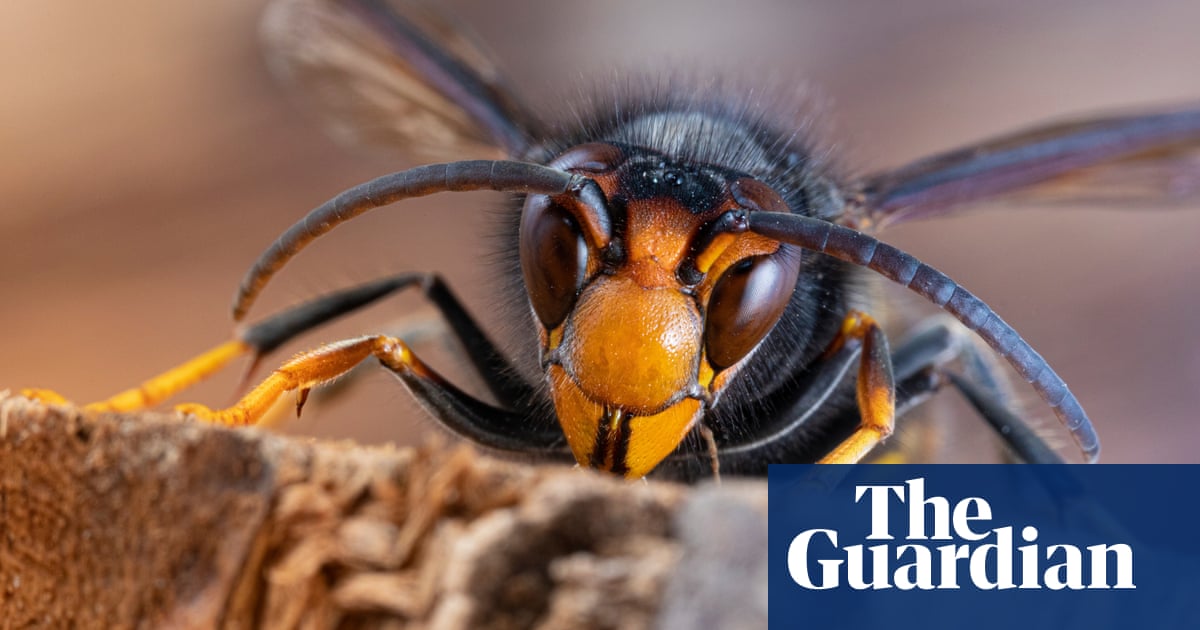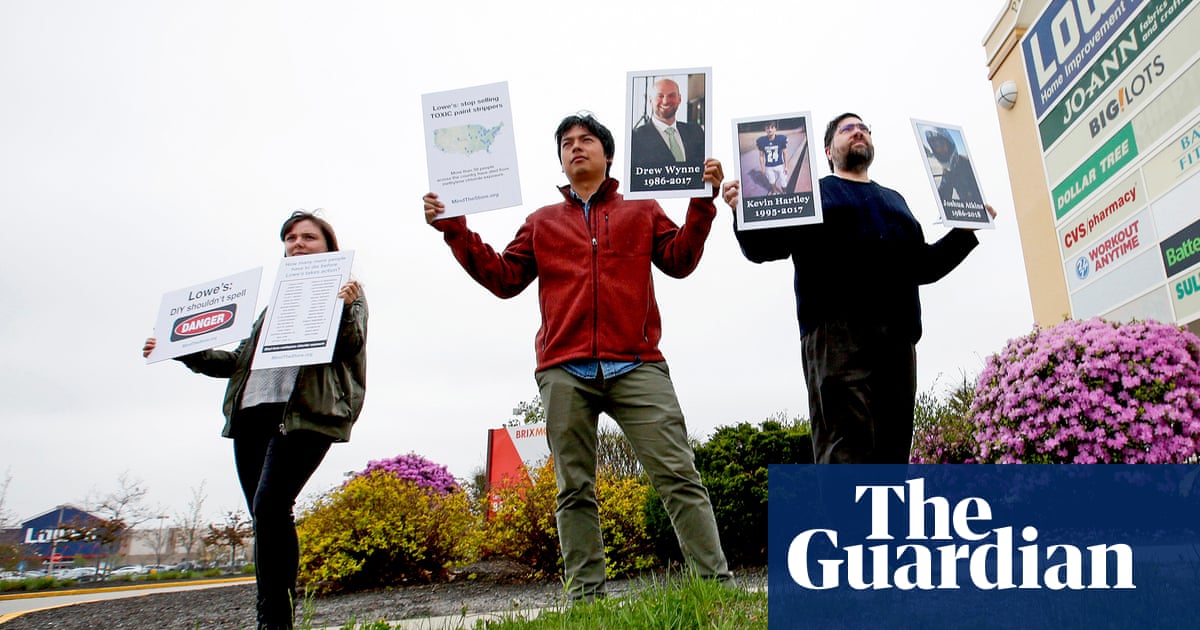Biodiversity is declining more quickly within key protected areas than outside them, according to research that scientists say is a âwake-up callâ to global leaders discussing how to stop nature loss at the UNâs Cop16 talks in Colombia.
Protecting 30% of land and water for nature by 2030 was one of the key targets settled on by world leaders in a landmark 2022 agreement to save nature â and this month leaders are gathering again at a summit in the Colombian city of Cali to measure progress and negotiate new agreements to stop biodiversity loss.
However, simply designating more areas as protected âwill not automatically result in better outcomes for biodiversityâ, researchers warn, in the latest study to challenge the effectiveness of conservation practices.
Nearly a quarter of the worldâs most biodiversity-rich land is within protected areas, but the quality of these areas is declining faster than it is outside protected areas, according to the analysis by the Natural History Museum (NHM).
Researchers looked at a Biodiversity Intactness Index, which scores biodiversity health as a percentage in response to human pressures. The report found the index declined by 1.88 percentage points globally between 2000 and 2020. It then focused on the critical biodiversity areas that provide 90% of natureâs contributions to humanity, 22% of which is protected.
The study found that within those critical areas that were not protected, biodiversity had declined by an average of 1.9 percentage points between 2000 and 2020, and within the areas that were protected it had declined by 2.1 percentage points.
The authors say there are a few reasons why this might be the case. A lot of protected areas are not designed to preserve the whole ecosystem, but rather certain species that are of interest, which means total âbiodiversity intactnessâ is not a priority.
Another reason is that these landscapes could have already been suffering degradation, which is why they were protected in the first place. Researchers say specific local analysis is key to working out why each one is failing.
Dr Gareth Thomas, head of research innovation at NHM, said: âThe 30×30 target has received so much attention â as it should do â and has become a key target people talk about at UN biodiversity talks, but we wanted to understand if it was really fit for purpose.
âI think if you asked most people they would assume an area designated as âprotectedâ would at the very least do exactly that: protect nature. But this research showed that wasnât the case.â
The amount of land protected for nature stands at 17.5% of land and 8.4% of marine areas â an increase of about half a percentage point each since Cop15 in 2022. This will need to increase substantially by 2030 to meet the target.
But for many of those areas, the âprotections in place are not stringent enoughâ, said Thomas.
âCountries need to continue their focus on 30×30, that shouldnât waver. They just need to bring more into it, and pay more attention to actually conserving the land which provides those ecosystem services,â he said.
Oil, gas and mining concessions threaten key areas for biodiversity, as well as Indigenous territories. For example Conkouati-Douli national park is one of the most biodiverse protected areas in the Republic of the Congo â yet more than 65% of the park is covered by oil and gas concessions, according to a new report by Earth Insight.
In the Amazon, Congo basin and south-east Asia, at least 254,000 sq km (98,000 sq miles) of protected areas are threatened by oil and gas exploration. More than 300,000 sq km of Indigenous territories in the Amazon overlap with oil and gas concessions, the report has found.
Recent research from the University of New South Wales in Sydney looked at forested land in 300,000 of the worldâs protected areas and found the policy was almost âcompletely ineffectiveâ in many biodiversity-rich countries, including Indonesia, the Democratic Republic of the Congo, Bolivia, Venezuela and Madagascar.
Corruption, political instability and a lack of resources were key reasons why conservation laws were not implemented.
Protected areas are also being threatened by the effects of the climate crisis: wildfires and droughts do not respect their boundaries. Australia, for example, used to have a strong record of protecting nature in its national parks but in 2019, many were destroyed by fire.
Emma Woods, director of policy at the Natural History Museum, said: âWe urgently need to move beyond the current approach of simply designating more protected areas to 30×30. Our analysis reinforces the view that this will not automatically result in better outcomes for biodiversity and ecosystems.â
Thomas said he hoped the studyâs findings would be âa wake-up callâ to policymakers and enforcers of the legislation that it was not enough just to designate an area as protected. âThe ministers and policymakers need to know it is not about just hitting a number,â he said.
Ben Groom, professor of biodiversity economics at Exeter University, who was not involved in the research, said it was âextremely positiveâ that there was support for 30×30 but âthere was always a chance that this would manifest in shallow policy implementation in the form of cost-minimising attainment of the 30×30 target, rather than focusing on quality.â



